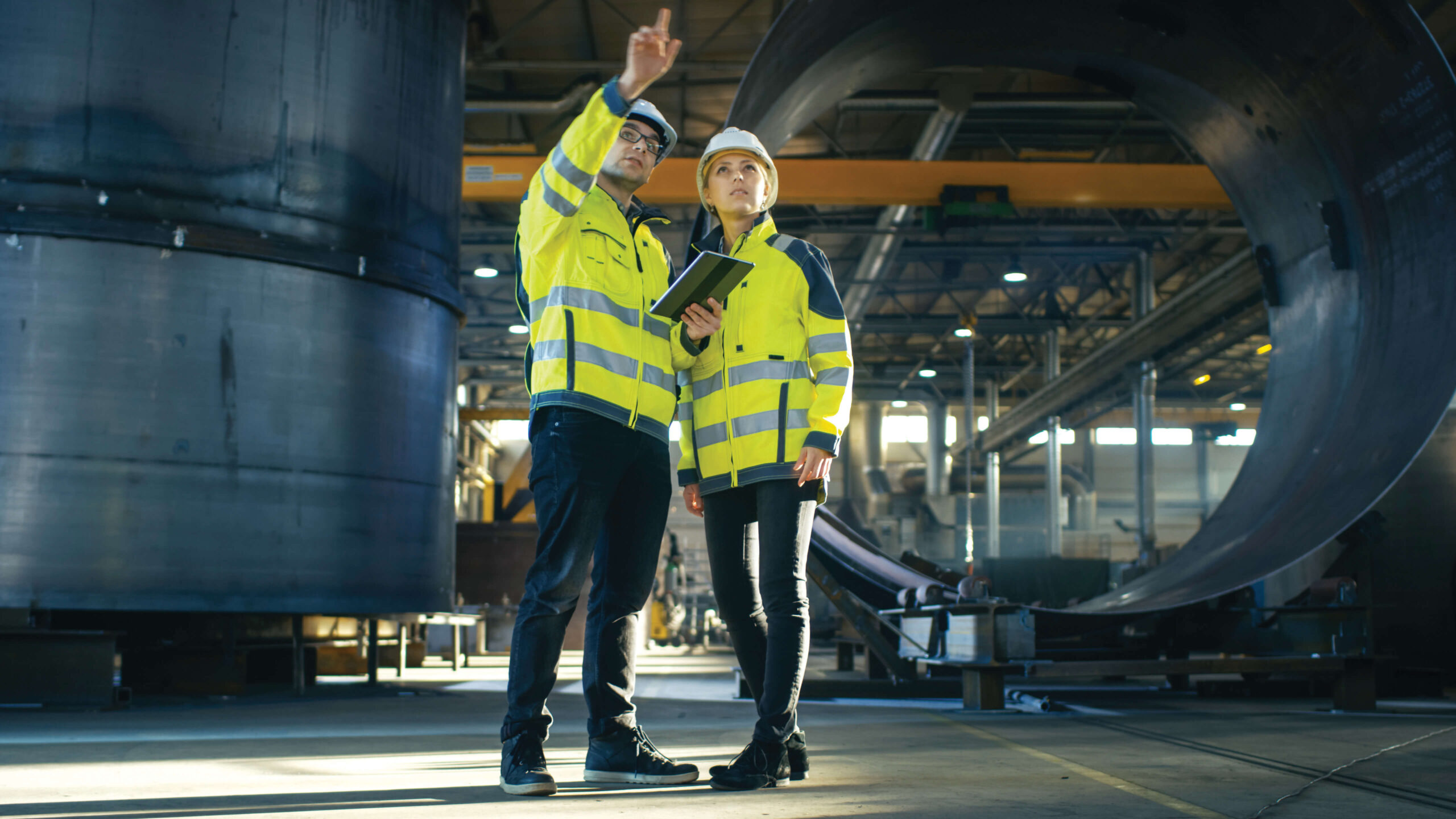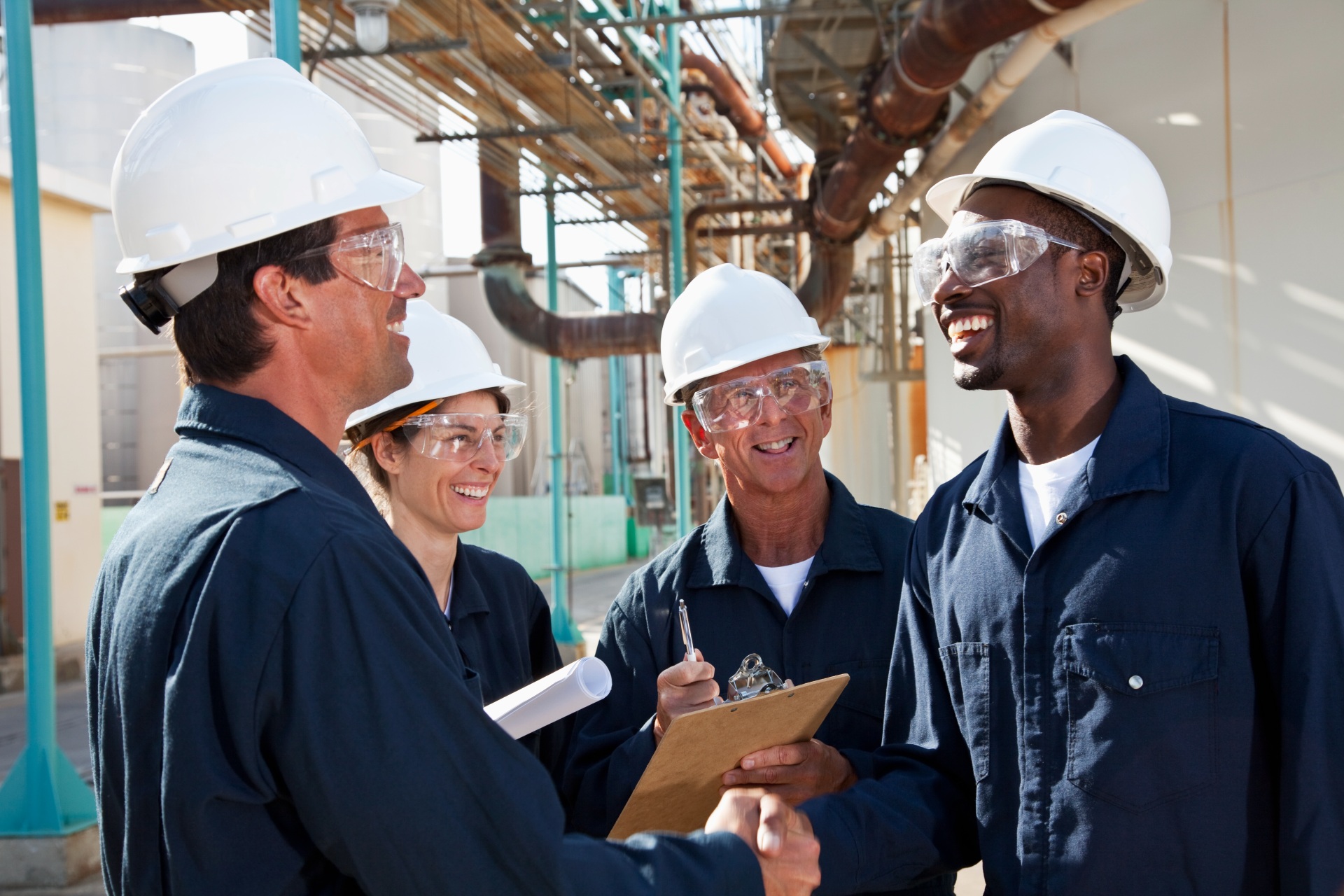November Safety Feature: Self-heating Hazards of Powders
When powders are heated, subtle sources of ignition can present themselves that are associated with the heating process – and perhaps the inherent instability of the powder being heated. Self-heating occurs when the powder temperature is raised to a level at which the rate of heat liberated by the exothermic reaction exceeds the rate of heat lost to surroundings. This can result in a runaway increase in temperature and subsequent smoldering, fire, and/or production of hot or incandescent particles, which can travel along conveying equipment and act as an ignition source to dust clouds downstream. Time can also be a factor since some exothermic reactions take a while to get established.
Industrial operations that are prone to fires and possibly explosions due to self-heating include powder drying/heating and its subsequent processing, handling, packaging, storage and transportation. Typically, powder drying operations involve the application of heat to a solution, wet powder or slurry. Bulking and packaging of the dried powder usually follows. Common dryer types include tray, fluidized bed, spray, rotary and vacuum dryers. In any type of dryer, the dry powder can build up as a bulk or layer in various locations within the dryer or in downstream process equipment or, ultimately, in hoppers, silos, big bags or smaller packages.
Preventing self-heating and subsequent fires and explosions in any operation or situation where the powder is subjected to heat requires proper understanding of the thermal instability properties of the powder through specific and tailored laboratory tests. However, for laboratory testing to provide a usable indication of the hazards, the test sample must be representative of the powder in the process, and the laboratory tests must also reasonably simulate the conditions experienced by the powder during the drying and subsequent downstream storage, packaging and transportation stages of processing.
Precautions for avoiding smoldering, fires and explosions include:
- Keeping the powder temperature at a safe margin below the temperature for the onset for self-heating, obtained by appropriate test methods
- Designing the facility and equipment to avoid ledges, corners, dead zones etc., where powder could inadvertently build up inside process equipment
- Avoiding accumulation of hazardous levels of powder deposits on the inside surfaces of process equipment








